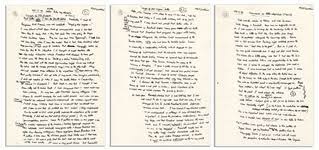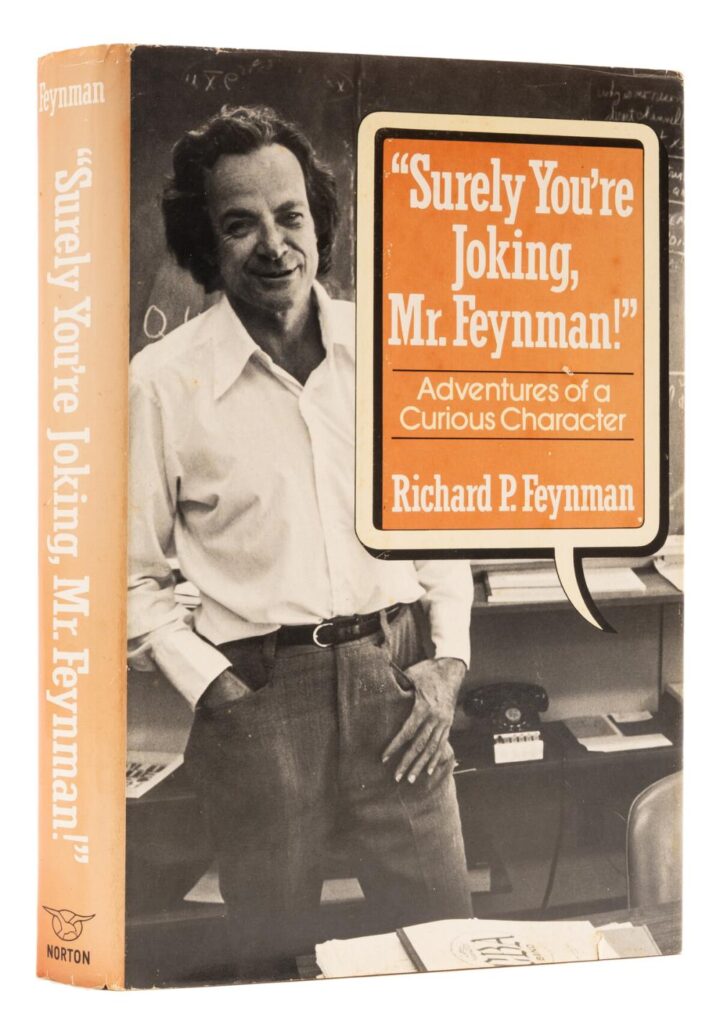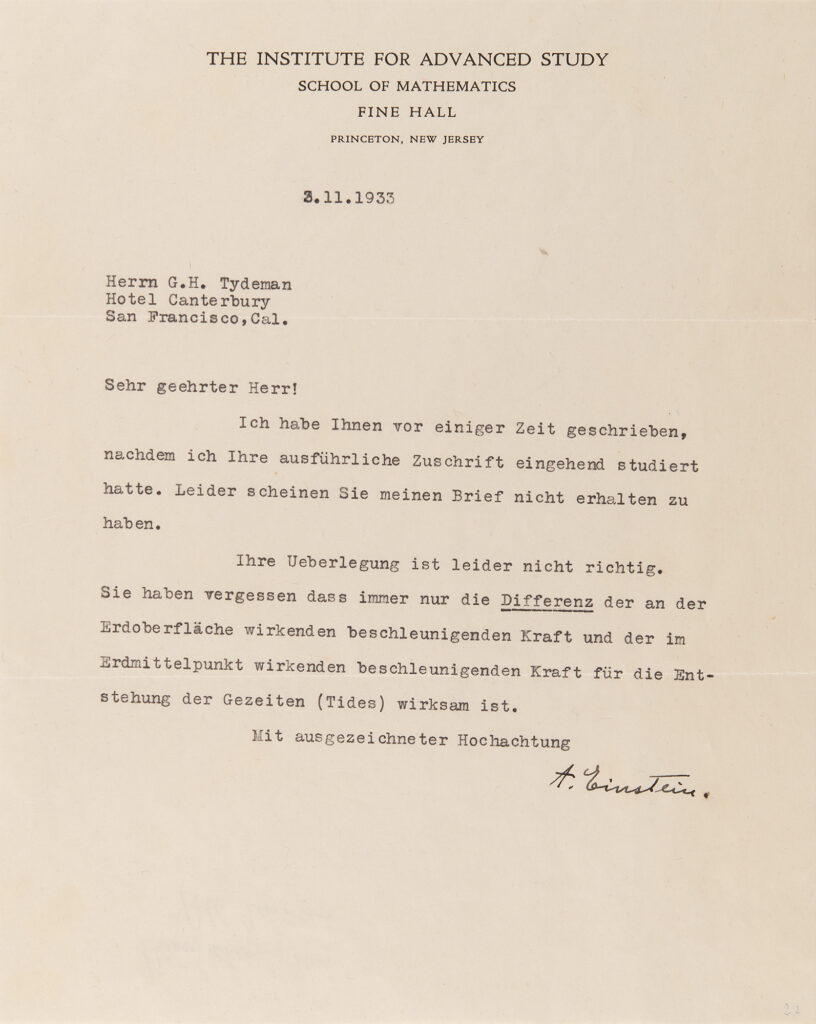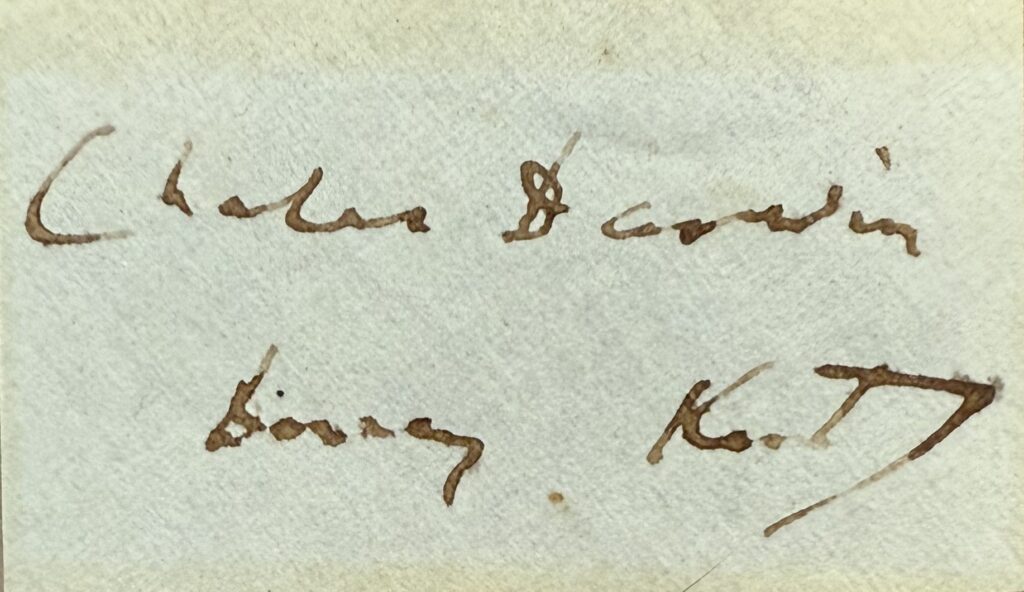MAURICE WILKINS, THE CO-DISCOVERER OF DNA, HANDWRITES HIS STORY OF THE EVENTS LEADING TO THE DISCOVERY THAT CHANGED THE WORLD FOREVER
Fantastic Maurice Wilkins autograph manuscript signed, with highly detailed content regarding a March 1953 letter Wilkins had written to Francis Crick after seeing the Watson & Crick double-helix for the very first time, including numerous references to Rosalind Franklin, who many credit with first discovering the DNA helix. Dated 17 October 1999, the three page document is signed ”MHF Wilkins” at the top right of each page, and is accompanied by a photocopy of the original 3 March 1953 letter to Crick on ”Kings College” letterhead.
Written in preparation for his 2003 autobiography, ”The Third Man of the Double Helix”, Wilkins here provides extensive detail of the often contentious and controversial relationships between the parties (including Watson, Crick, Franklin, Raymond Gosling, and John Raymond) and the order of events leading to the DNA discovery. Manuscript reads in part: ”…after I saw the Double Helix…Evidently I tried to telephone but Francis was not available…I was blunt about their [Watson & Crick] lack of communication since I had last seen them in early Feb & they had said they were going to begin model building again. They now had sent their typescript. I had not told them when I saw the model that I had been thinking about base-pairing (earlier I had said to Watson that Chargaff’s 1:1 ratios were the key to the structure (I thought it might explain the lop-sided [?] which Rosalind had claimed to have got & which were the basis of her ‘Death of a Helix’ meeting (July 52). My idea was that all the small pyrimidines might be on one side of the helix and the longer purines (2 rings) were on the other side. Olby [Crick’s biographer] does not draw attention to the importance of my base-pairing idea: And partly because I did not like it very much, even though a possibility, I did not maintain it when I saw the Double Helix in Cambridge. The Double Helix seemed so impressive! But back in our lab I thought I had been silly not to maintain that I recognized that 1:1 ratios could mean base-pairing. In any case, after Rosalind’s leaving colloquium I had begun to doubt seriously her anti-helix position and when we soon (more accurately) repeated the relevant intensity measurements the evidence against helices faded away. Looking back there is no doubt that we should have got Fraser in our lab to publish his 1951 model (Olby unfortunately has the model in 1952 which greatly reduced the importance of the model (evidently I did not see that part of Olby’s proofs.) In my letter ‘paracrystalline picture’ means the B pattern as shown in our paper. The sudden appearance of the Franklin & Gosling typescript surprised me. Her [Rosalind Franklin] notebooks were available many years later & showed Rosalind had, after her leaving the colloquium, begun applying Bessel Functions to the B pattern & soon saw the obvious points that Stokes and I had made in 1951. It was a pity that our lab had not been able to work with more [in] unity. It was a very great shame but Randall’s letter, when Rosalind was about to arrive in our lab, made clear to Rosalind that Stokes & I were both dropping out of the DNA X-ray work.* That was not my intention! I only found out about that letter when it was discovered in Rosalind’s papers many years after her death. I assumed that Rosalind had prepared her paper with Gosling, to go alongside the Watson-Crick announcement of the Double Helix, after she had seen the Double Helix…I give a fuller account of all this in my autobiography (not yet finished) and provide some partial excuses for Randall’s behavior. I want to avoid blaming people and try to give more explanation about why they behaved as they did. I believe that tensions & difficulties arise in all areas of work & not just in science; great importance of the subject area of course increases the growth of tensions. In later years Randall claimed that I had told him that I did not want to do X-ray work and that was why I had arranged for him to switch Rosalind to DNA before she arrived in our lab. I had studied X-ray structure method as an undergraduate & although it was obviously very important I found the procedure rather boring. As a result my hope was that Rosalind would take over the main work and I would (certainly) be involved but not as an x-ray specialist. Randall made use of my rather half-hearted discussion with him. Then, just before Rosalind arrived, I decided I must be involved full-time in the x-ray work…”
The last section of the manuscript refers particularly to the famed April 1953 ”Nature” magazine debuting DNA as a double helix structure that made Wilkins, Watson & Crick famous: ”…Gale was the editor of Nature and since he knew both Bragg & Randall there was no difficulty, so far as I was aware, to arrange for the Cambridge letter to be held back a little so that the two letters from King’s could be published alongside the Cambridge letter. Francis was a bit anxious that Pauling might suddenly produce the solution and ‘beat them to the post’. But, as I felt it, he was quite reasonable and I did not feel much tension…” Last page also includes two hand-drawn illustrations of the double helix and its structure. Three page manuscript on three sheets measures 8.25” x 11.625”. This one-of-a-kind memoir represents the only handwritten account of the discovery of DNA by one of the discoverers known to exist in private hands.




